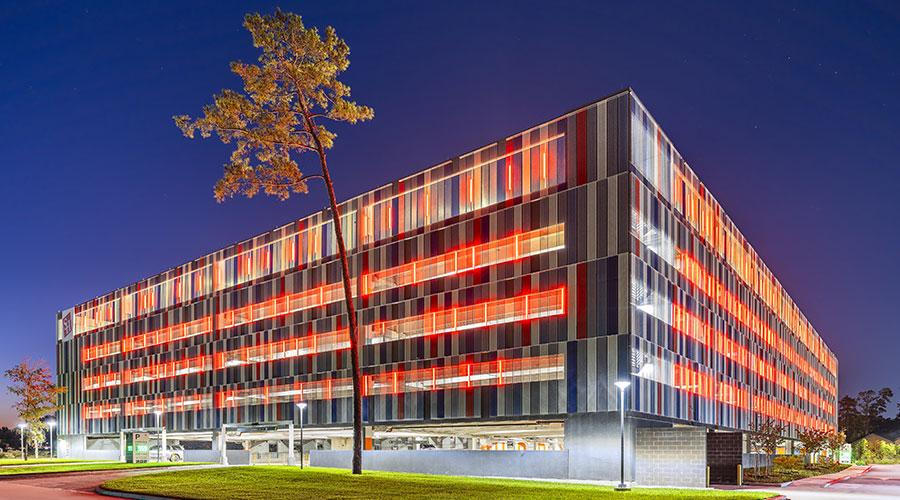Overselling Productivity Increases, Maintenance Savings Can Hurt Chances Of Approval For Lighting Upgrades
It is important to make a strong case for the funding for a lighting upgrade, but be careful: Overselling benefits such as productivity increases and maintenance savings can hurt your case.
6. Let soft numbers stay soft. Including a hefty dollar amount due to a perceived occupant productivity gain for a lighting upgrade is a sure-fire way to get you laughed out of the CFO's office. However, many facility managers are still tempted to do so, for a few reasons. First, it's seemingly common sense that a more attractive, better designed space will result in happy workers, resulting in better productivity. Second, because workers' salaries are the highest expense that a company has, even a 1 percent increase in productivity becomes a huge bottom-line figure. And finally, studies continue to emerge linking worker satisfaction and higher productivity with good indoor environmental quality, of which proper lighting is a huge factor. (One recent study by Pacific Northwest National Laboratory can be found here: http://bit.ly/PNNLstudy.) But experts nevertheless warn to be careful of relying on the productivity argument. Skeptical CFOs will still question whether benefits shown by research in other facilities will translate to the same benefit in your facility.
There are ways to tangentially measure productivity in one's own facilities, but it might require a little bit of work. "If it's a good-sized facility, retrofit part of the facility, and then the facility manager can do a survey — 'What do you think of the new lighting?'" suggests Goulding. "If the majority of people say 'I like it' or 'I'm so happy because previously I was afraid I was going to kill someone with a forklift because I couldn't see well,' then that's a pretty good argument." Goulding also says that soft benefits for lighting upgrades should always be included, you just want to be careful about how much weight you put on them.
Audin also suggests using the "crude metric" of how many complaints you've gotten from occupants about lighting. If it's a lot, then naturally, an upgrade is in order, and it makes sense to include the resolution of these complaints as part of the justification.
7. Be careful about claiming maintenance savings. It stands to reason that installing longer-lasting lamps means fewer maintenance hours of changing those lamps down the road. But this is another area in which facility managers should exercise caution before including it in an ROI justification. "If you have a savvy CFO, you have to be careful about claiming maintenance savings," says Goulding. "The CFO's first question will be, 'Who are you terminating?' If you respond, 'Well, Joe is going to spend time painting instead of changing light bulbs,' that's not savings. It's better utilization of staff, but it's not necessarily maintenance savings."
But, as Audin says, if you're paying a third party to maintain lighting, and you only have to change lamps every 12 years instead of six, that's a definitive saving that could be included in an ROI calculation. Another possibility, he says, is if your crews are changing lamps after hours and are being paid overtime. A reduction in overtime is a quantifiable benefit.
One last piece of advice, say experts, is one that facility managers should take most to heart: Know your own organization. Know the hot buttons and what arguments work best and which are less important. In other words, know the priorities of the organization. And be conservative — you never want to over-promise and under-deliver. As Goulding says, "The way to get projects approved is if you have very little controversy."
Related Topics:














